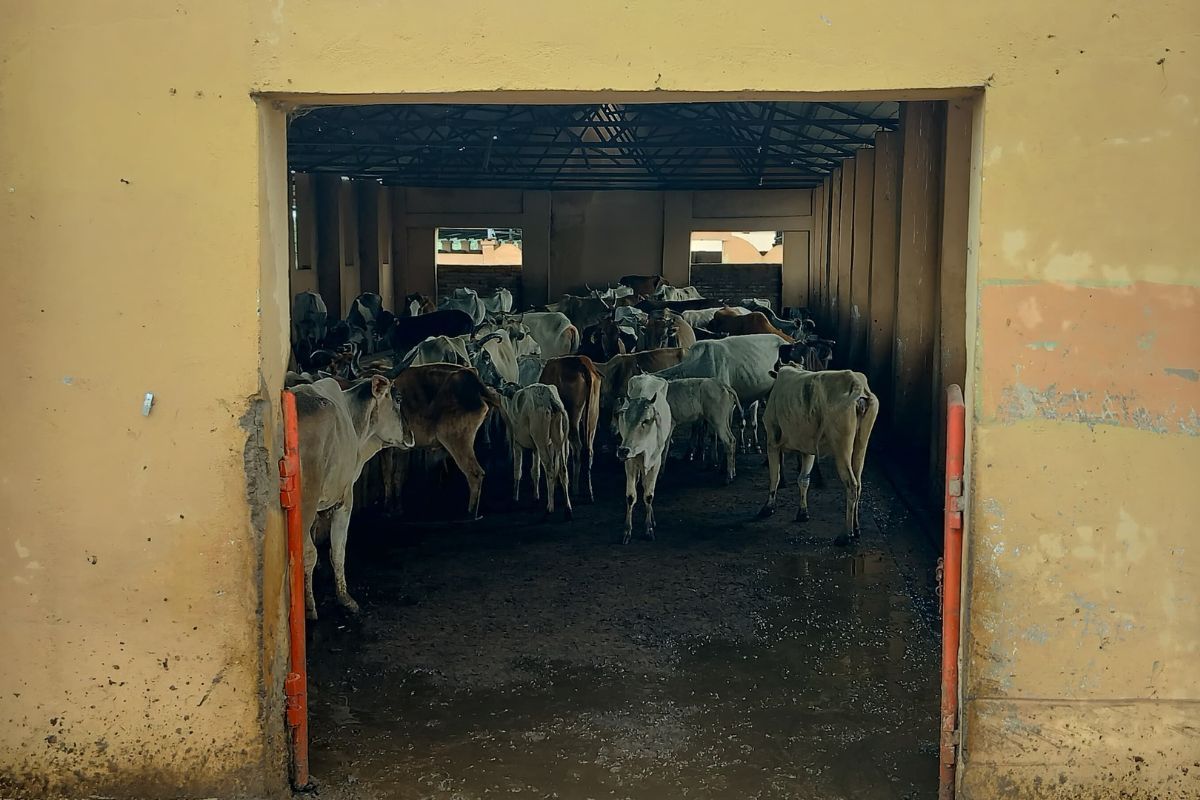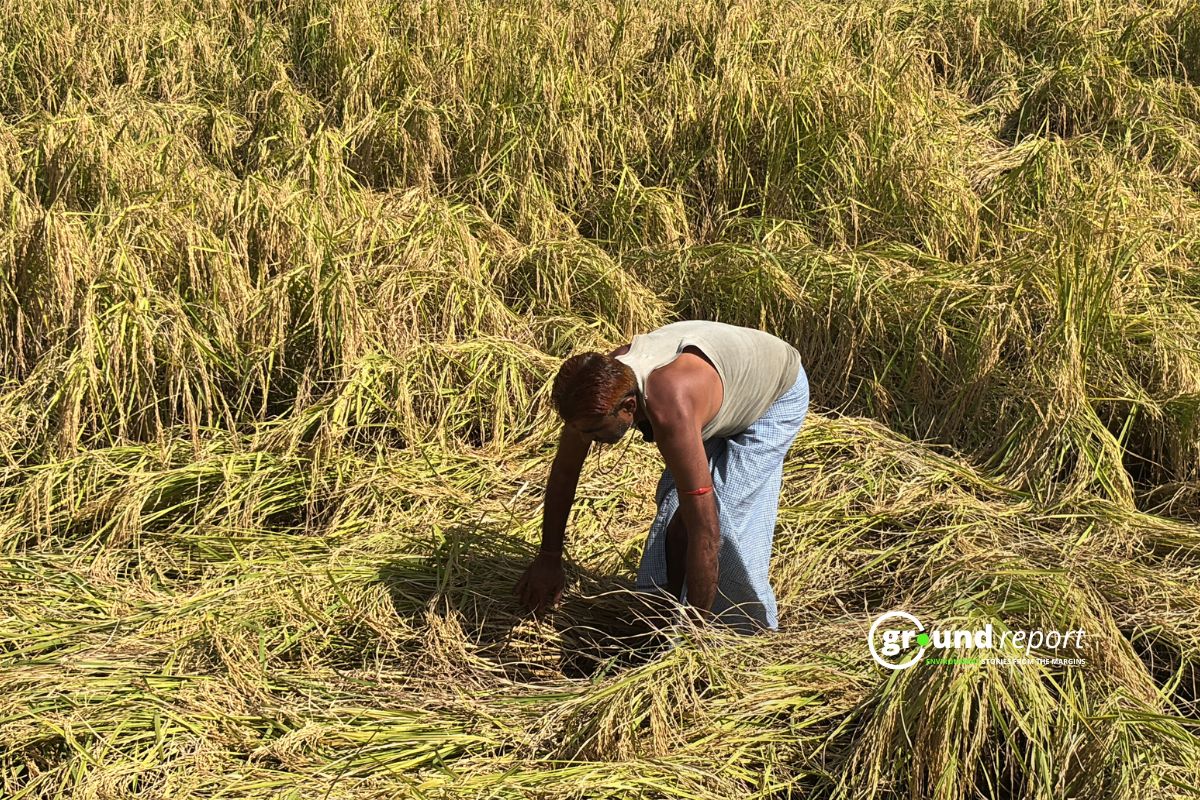In another ominous warning for the future of our planet, atmospheric levels of the three main greenhouse gases – carbon dioxide, methane and nitrous oxide – hit new record highs in 2021, according to a new report from the World Meteorological Organization (WMO).
The WMO Greenhouse Gas Bulletin reported the largest year-on-year increase in methane concentrations in both 2020 and 2021 since systematic measurements began nearly 40 years ago. The reason for this exceptional increase is unclear but appears to be the result of both biological and human-induced processes.
“More bad news for the planet,” said the World Meteorological Organization (WMO) before presenting last year’s Greenhouse Gas (GHG) Bulletin. And it is that, according to the report, “the three main greenhouse gases -carbon dioxide, methane and nitrous oxide- reached new historical maximums in 2021”, explained the organization.
Carbon dioxide (CO2), the biggest contributor to climate change, reached 140% of the pre-industrial level last year. The WMO assures that this growth is mainly due to emissions from the combustion of fossil fuels and the production of cement.
The organization highlights that, since the generalized quarantines imposed by covid-19 in 2020, emissions have been picking up. “Of the total emissions from human activities during the period 2011-2020, about 48% accumulated in the atmosphere, 26% in the ocean and 29% on land,” says the report.
Regarding methane (CH4), the second largest contributor to climate change, the report points to a worrying reality: “The largest year-on-year jump in methane concentrations is reported in both 2020 and 2021 since systematic measurements began 40 years.
However, unlike what happens with carbon dioxide, with methane “the reason for this exceptional increase is not clear, but it seems to be the result of both biological and human-induced processes.” But the scientific community handles a hypothesis that, at the moment, seems to be the most supported.
Various analyzes have indicated that the largest contribution to the increase in methane since 2007 comes from wetlands and rice crops. So, say the scientists, it could be climate feedback: “If it’s hotter, organic matter breaks down faster. If it decomposes in water (without oxygen) methane emissions are produced. So if tropical wetlands get wetter and warmer, more emissions are likely to occur.” But there is still no evidence to ensure with greater certainty that this is the phenomenon that explains the increase.
Finally, regarding nitrous oxide (N2O), the third most important GHG, the bulletin indicates that the increase from 2020 to 2021 was slightly higher than that from 2019 to 2020 and higher than the average annual growth rate of the last decade. Approximately 57% of nitrous oxide emissions come from natural sources, while the remaining 43% come from anthropogenic sources.
The WMO report comes on the same day that the United Nations (UN) has warned that plans to reduce greenhouse gases are insufficient and that, according to current government plans to reduce their emissions, the global temperature could increase between 2.1ºC and 2.9ºC.
Support us to keep independent environmental journalism alive in India.
Keep Reading
Part 1: Cloudburst in Ganderbal’s Padabal village & unfulfilled promises
India braces for intense 2024 monsoon amid recent deadly weather trends
Follow Ground Report on X, Instagram and Facebook for environmental and underreported stories from the margins. Give us feedback on our email id greport2018@gmail.com.
Don’t forget to Subscribe to our weekly newsletter, Join our community on WhatsApp, and Follow our YouTube Channel for video stories.









